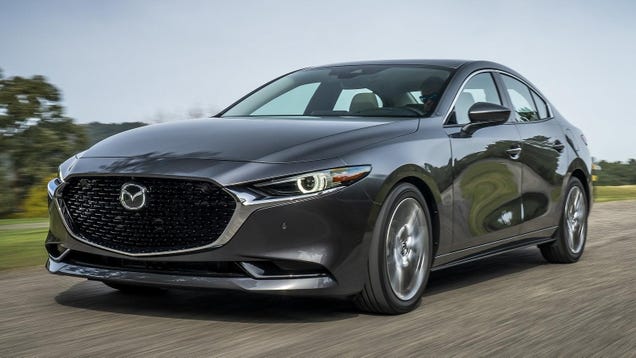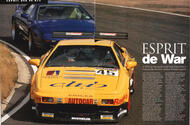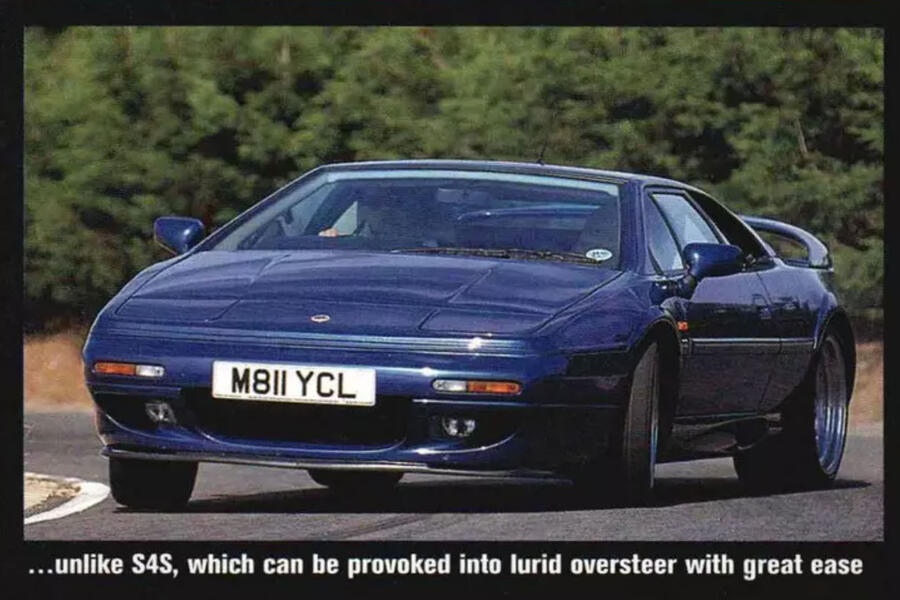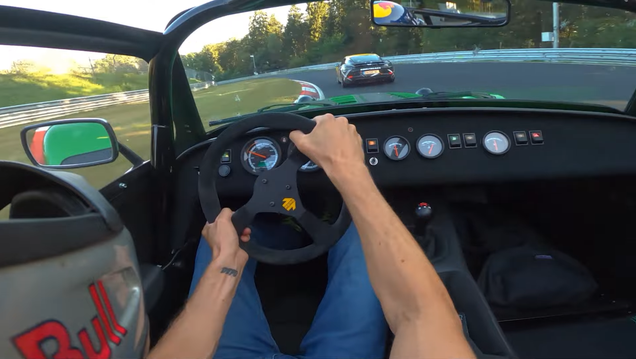Featured
“Consumer Reports’ Recommended Affordable Cars | Giga Gears”

The average transaction price of a new car has slowly been coming down since it peaked during the pandemic, but it’s still scarily close to $50,000. That might work for rich people, but most people can’t afford to spend that kind of money on a car. The good news is, even though you can’t get a new car for less than…

“Lotus GT2 Racer Meets Road-Going Sibling: Esprit de War | Giga Gears”
 Lotus has revealed a new supercar, so we've been reliving one of our best drives in its Esprit ancestor
Lotus has revealed a new supercar, so we've been reliving one of our best drives in its Esprit ancestor
Lotus has unveiled the new Theory 1, a radical three-seat concept car inspired by the Esprit.
In celebration of the original, we've been digging through the Autocar Archive to find one of its high points: when Lotus took on Europe's giants in the GT2 class and shocked the lot of them.
Back in August 1995, just before that year's Four Hours of Silverstone, we had the chance to thrash the Autocar-sponsored Esprit GT2 around Lotus's test track at Hethel.
We went in with the aim of establishing the difference in performance between a road car and a racing thoroughbred, but it left a deeper impression than we might have expected.
Here's an extract from that story, which you can read in full in the Autocar Archive, where you can search and read through 129 years of the weekly magazine at the click of a button.
Sign up to the Autocar Archive
23 August 1995: Esprit de War

I was told I would stall four times and not to feel too bad about it. Apparently, everybody stalls the Lotus Esprit GT2 four times when they first drive it.
Well, not me. I stalled it five times and my eventual getaway was only marginally less graceful than a newborn giraffe learning to walk. No matter, I was on a track in the Esprit GT2, the car that, in the only round of the BPR sportscar championship it contested, proved much faster than every other GT2 sportscar. So much so that, when it retired just eight minutes from the flag, it was well over a lap ahead of any other car in its class.
I slowly familiarised myself with the uniquely focussed surroundings of a racing car. Meanwhile, I recalled the last few laps of Lotus’s test track I had completed in this car’s road-going equivalent, the Esprit S4S. That car is so special that, no matter how many times you climb aboard, it is always a bit better than you remembered. The noise of a Ferrari F512M, the gearchange of a Mazda MX-5, the agility of a Caterham 7 are all impossible to overhype in your own mind – and so it is with the chassis of an S4S.
Around the track – a boomerang-shaped affair with two hairpins connected by terrifically fast straights and curves – the S4S felt better than ever. Softly suspended by supercar standards but controlled to the last degree, the Esprit made light work of this unforgiving circuit. It resisted understeer like few mid-engined cars I know, yet remained stable even through the monstrous windsock corner, a sweeping fourth gear bend with an apex as late as it is blind. Its balance was as impressive as its poise, its on-limit forgiveness more memorable even than the legendary Esprit grip.

Sitting beside me was George Howard-Chappell, manager of the Lotus GT Team, chief development driver for the Esprit GT2, Esprit club racer and ex-Lotus Formula 1 team engineer. He pondered out loud whether the road -going Esprit handling balance wasn't a shade too neutral for Lotus's average customer.
When I climbed out, he slotted into the driver's seat for some seriously fast laps. Our aim was to log as accurately as we could the performance differential between a front -row supercar and its all-out racing equivalent. We had the technology, from standard speed measuring equipment to a full telemetry system bought from the bankrupt Lotus Fl team. It logged every touch on the throttle and every dab of the brakes. Every shred of data from such basic essentials as an overall lap time to minutiae such as the time lost changing gear would be logged.
Howard-Chappell set a bogey time of 1:29.57sec in the S4S while I sized up the GT2. Like the McLarens, Honda NSXs, Porsche 911s, Ferrari F40s and the many other GTs that race in the world's most prestigious sportscar championship, the Esprit is no silhouette racer. Inside lie an Esprit engine and Esprit suspension, albeit both highly modified.
The engine is the same 217 4cc unit that first saw service in the Lotus 64 in 1968 and has powered every Lotus for the last generation. In road-going S4S trim it produces 285bhp yet the racer, using standard pistons, rods and valves, thumps out 375bhp in race trim and a little over 400bhp in qualifying. It achieves this with a little detail tuning - one camshaft is standard, the other from a Sunbeam Lotus rally car - and one big turbo. Lotus is among the few teams unaffected by the size of restrictor the rules require. The engine could legally be wound up to at least 450bhp but, figures Lotus, why bother risking reliability when it's already far and away the fastest GT2 out there?
To read the full article, subscribe to the Autocar Archive today.
“Competition in Train Construction May Impact L.A. to Vegas High-Speed Rail Timeline | Giga Gears”

Brightline’s L.A. (it’s actually not L.A. but whatever) to Las Vegas high speed rail project is slowly moving forward. Officials are eyeing a 2028 completion date, but a corporate rivalry over who gets to be the first to build the high speed trains themselves might screw things up.

Free Autocar Archive Access | Giga Gears
 Follow 129 years of motoring history, from the first public demonstration of cars in Britain to the present day
Follow 129 years of motoring history, from the first public demonstration of cars in Britain to the present day
Autocar is providing free access to its digital archive, spanning 129 years of motoring history, for a week.
Sign up here and you can browse through more than 2900 magazine issues, spanning from 1895 to the present day.
We've covered everything from the first demonstration of cars in Britain (2 November 1895) to the birth of the BMC Mini (28 August 1959), the arrival of the Ford Fiesta (17 July 1976), the debut of the Ferrari F40 (14 October 1987) and much more besides.
You can also browse more than 100 years of our empirical road tests, starting with the Rover 8hp (27 March 1920) and touching on milestones such as the Jaguar E-Type (24 March 1961) and McLaren F1 (11 May 1994).
Move quickly, though, because the free access expires at 5pm BST on 24 September.
Sign up here
“Caterham Nürburgring Drive: Are You Brave Enough?”

Sometimes you don’t need dialogue in your short film to make it captivating. This ride-along video at the Nürburgring, featuring a Caterham 340R with far more grip than power, is a new high point for me in YouTube cinematic review. The lighting and character development leave a little to be desired, but the film…

